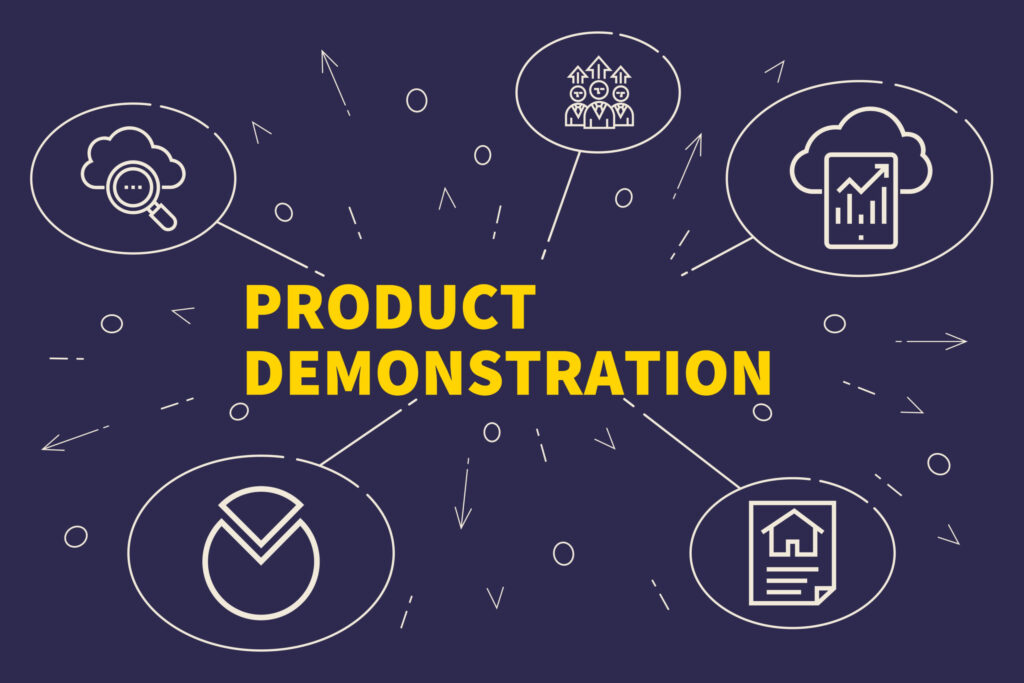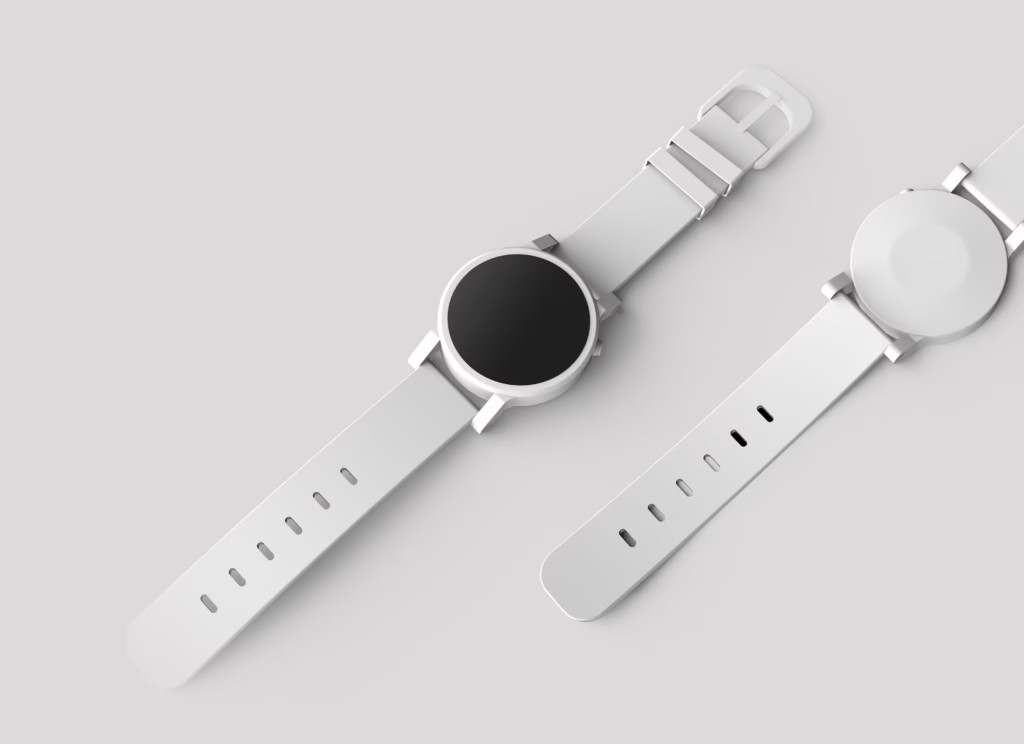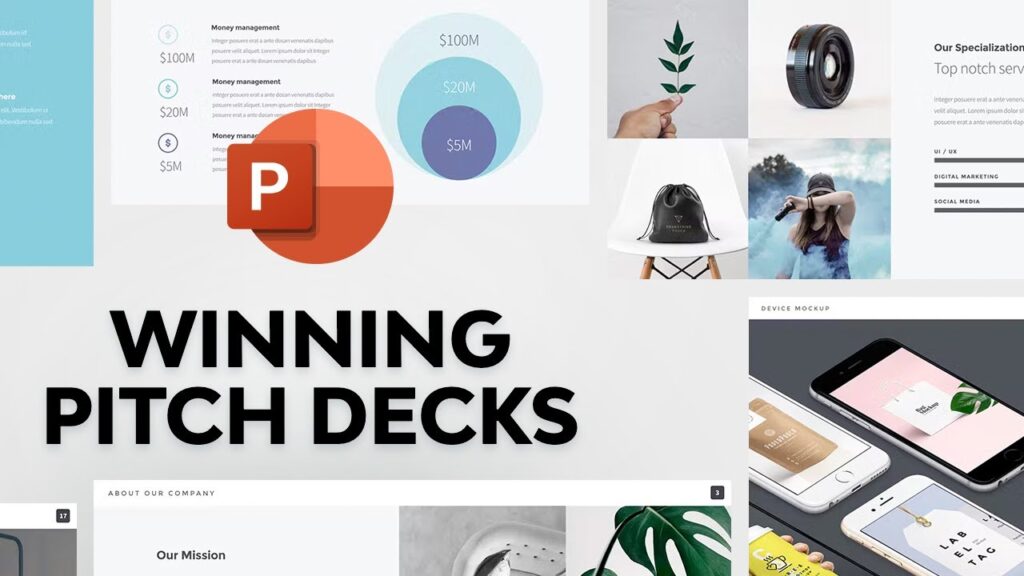Product demos have become essential for engaging potential customers and driving user adoption. But running a practical product demo isn’t just about showing features; it’s about creating a memorable experience that clarifies your product’s value. Whether you are showcasing software, hardware, or a service, how you deliver your demo can make or break your prospects’ decision-making process.
Let’s explore the world of product demos and uncover strategies for creating demos that truly resonate with users and guide them toward making a purchase.
1. What is a Product Demo?

A product demo is an interactive presentation where businesses showcase their product’s key features and benefits to potential users. Unlike a regular sales pitch, a demo focuses on letting the audience experience the product firsthand, building familiarity and trust.
2. Why Product Demos Matter in User Onboarding
Product demos play a critical role in user onboarding because they show users the exact value they’ll get. When done correctly, demos can shorten the learning curve, reduce hesitation, and boost initial engagement. Without a demo, users may feel uncertain about how to use your product or why it’s worth their time.
3. Understanding Your Audience

Before running a demo, it’s essential to know who your audience is. Are they tech-savvy or less experienced? Are they looking for a specific solution to a problem, or do they need a general overview? Tailoring the demo to fit the audience’s needs helps build trust and engagement.
4. Types of Product Demos
Product demos come in many forms, each with unique benefits. Here are a few common types:
- Live Demos: These are real-time presentations where a presenter walks through the product while interacting with the audience.
- Pre-Recorded Demos: These are recorded beforehand, allowing the audience to watch at their own pace.
- Interactive Demos: These allow users to explore the product themselves, often through guided tutorials or sandbox environments.
5. Preparing for a Successful Product Demo

Before presenting, thorough preparation is vital. Here’s what you should focus on:
Know Your Product Inside Out
Understanding every nook and cranny of your product is essential. You should explain what features exist and why they matter to the user.
Create a Clear Demo Script
Even if you’re comfortable with the product, having a clear script or outline ensures you stay on track and cover all key points. A good script is structured and emphasises each feature’s “how” and “why”.
Set Up the Environment
Make sure your demo environment is prepared and glitch-free. Ensure stable internet, have backup plans for technical issues, and minimise distractions during the presentation.
6. Best Practices for Delivering the Demo

Once everything is prepared, delivering the demo effectively becomes the next priority. Here are some crucial tips:
Start with a Strong Introduction
First impressions matter. Begin by explaining the problem your product solves. Make it relatable to the audience’s pain points.
Highlight Key Features, Not All Features
Don’t try to cover every single feature. Instead, focus on the ones that deliver the most value to the user and relate directly to their needs.
Keep It Simple and Engaging
Avoid technical jargon and keep the conversation light. The goal is to engage, not overwhelm, your audience.
7. Handling Questions During the Demo

During live demos, expect questions. Encourage them, but know when to steer the demo back on course. Keeping answers concise ensures the presentation doesn’t lose focus.
8. Using Visual Aids and Storytelling
Incorporating visuals, such as slides, videos, or live examples, can dramatically improve the user experience. Pairing these with storytelling makes the demo more relatable and memorable. For example, show a real-life scenario where your product solved a user’s problem.
9. Common Mistakes to Avoid in Product Demos

Here are some pitfalls to watch out for:
- Information Overload: Trying to cover only a little can make users understand.
- Poor Time Management: Running too long can lose the audience’s attention.
- Skipping a Call to Action: Always end with a clear next step for your audience.
10. Post-Demo Follow-Up
Once the demo ends, the conversation shouldn’t. Follow up with your prospects, providing them with a recording (if available), additional resources, or even a personalised offer.
11. How to Measure Demo Success

A demo’s success is measurable in various ways:
- Engagement Levels: Did the audience actively participate or ask questions?
- Conversion Rates: How many viewers went on to sign up or purchase?
- User Feedback: Collect insights from post-demo surveys to improve future presentations.
12. Optimizing Your Demo for Different Platforms
Your demo should be tailored for the best user experience, depending on the platform (e.g., Zoom, Google Meet, or a custom website). Consider factors like screen sharing quality, chat interaction, and latency.
13. Personalizing the Demo Experience

Personalisation makes a huge difference. Try to include examples relevant to the audience’s industry or challenges. This creates a connection between the product and the user’s specific needs.
14. The Importance of Practice
It’s crucial to practice before going live. Rehearsing multiple times lets you iron out wrinkles and perfect your presentation delivery.
15. Scaling Product Demos for Large Audiences

When running demos for larger audiences, consider using tools like polls and Q&A sections to keep things interactive. You can also record segments and reuse them in future demos.
Conclusion
A practical product demo can be the key to unlocking your product’s potential in users’ eyes. By focusing on user needs, keeping the presentation engaging, and delivering clear value, you can transform a simple demo into a powerful tool for driving adoption and success.




